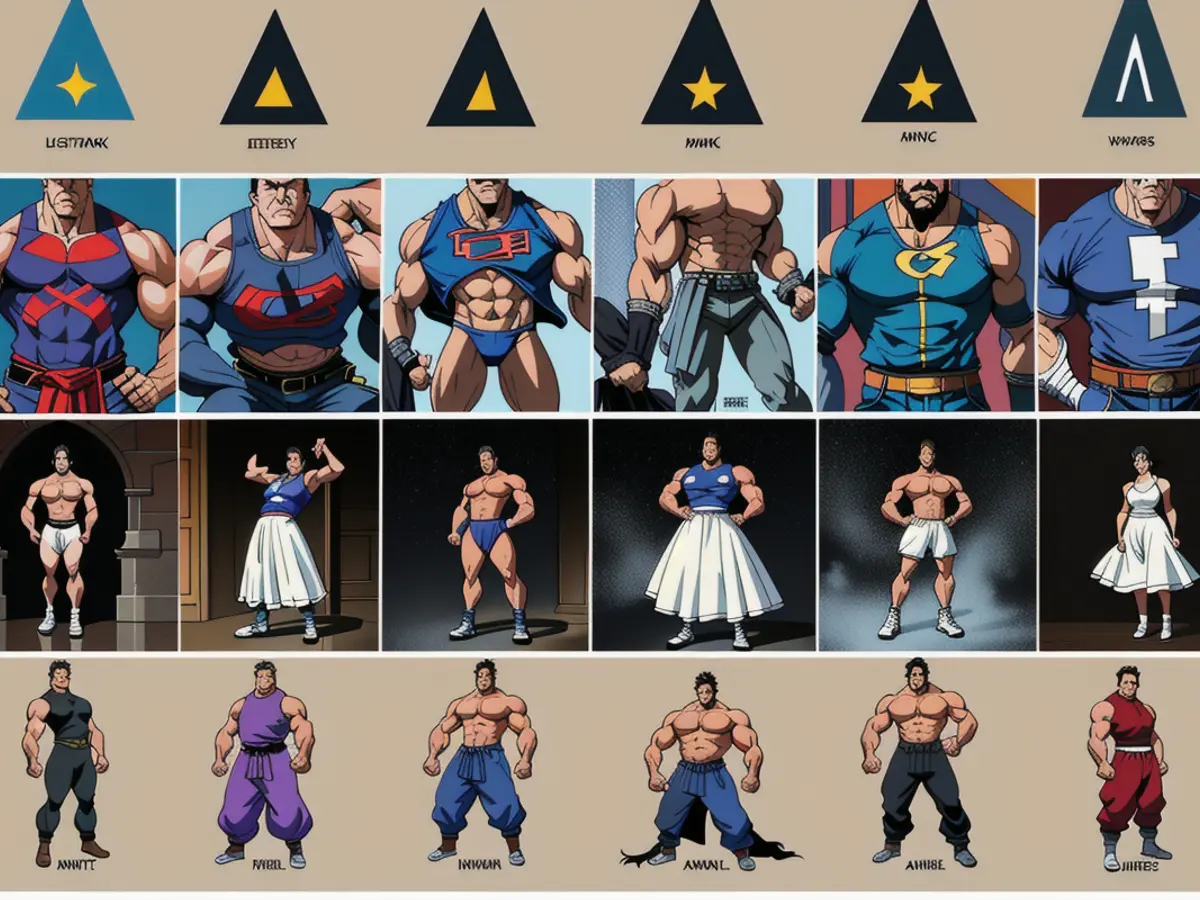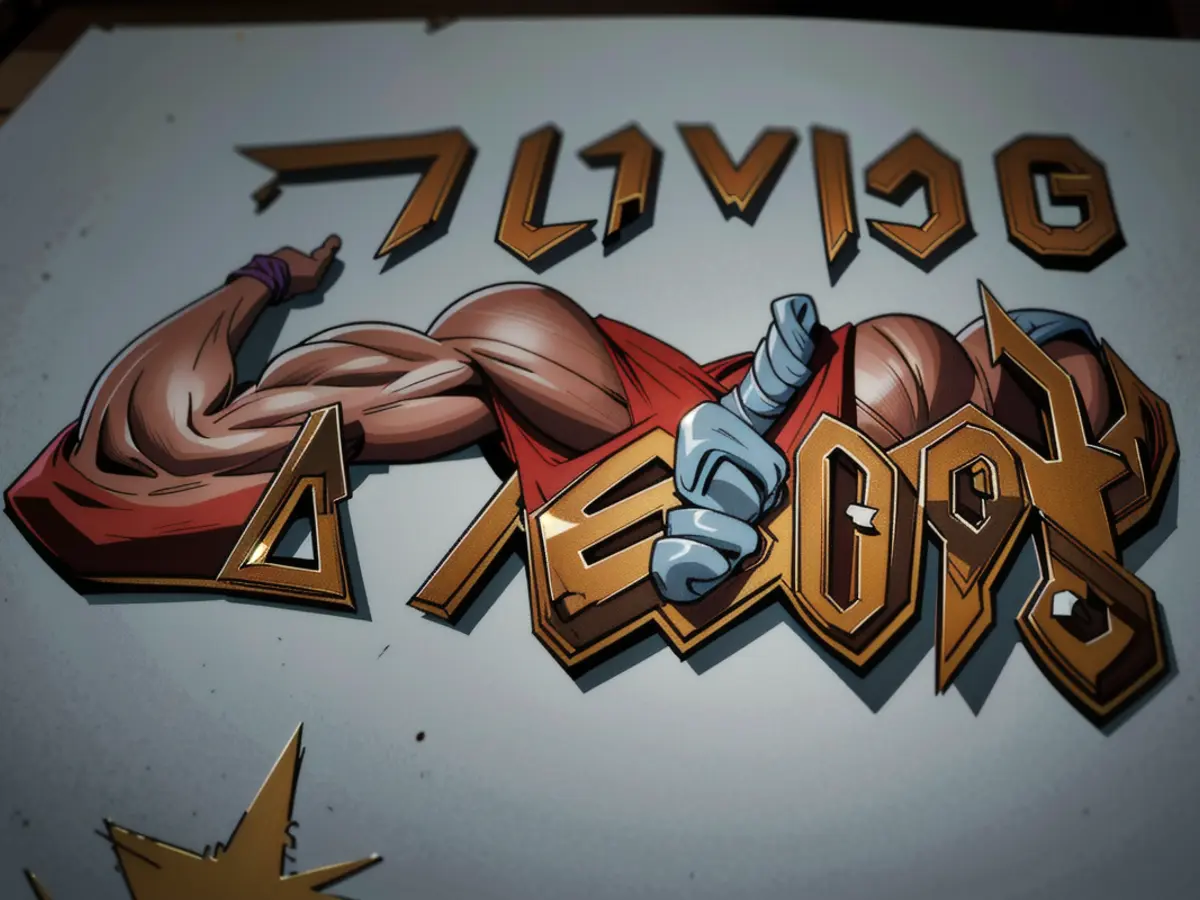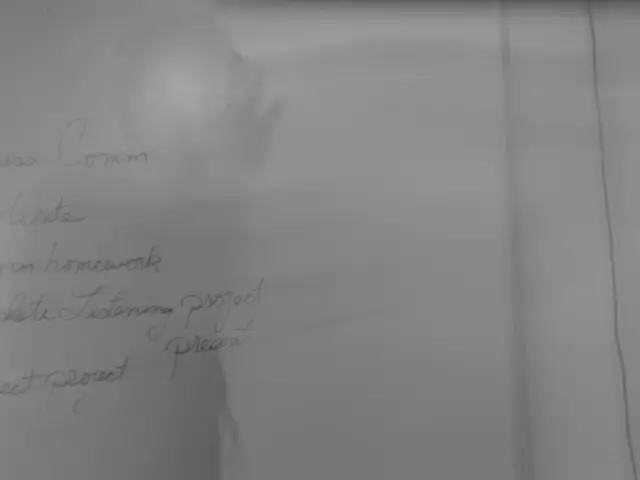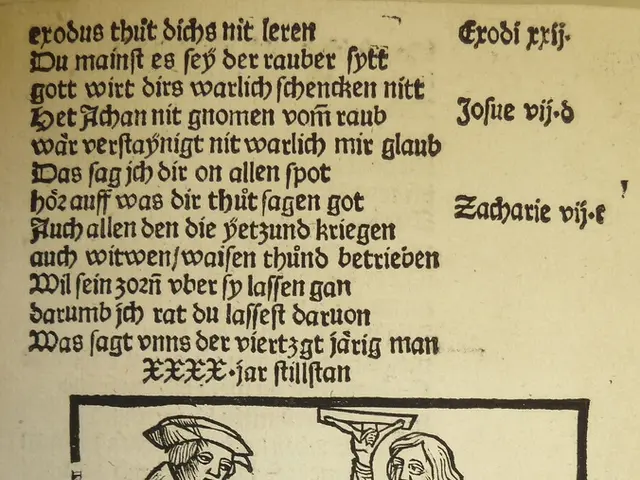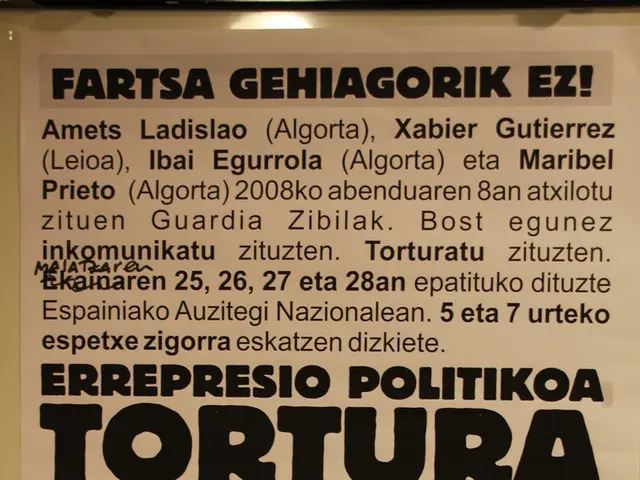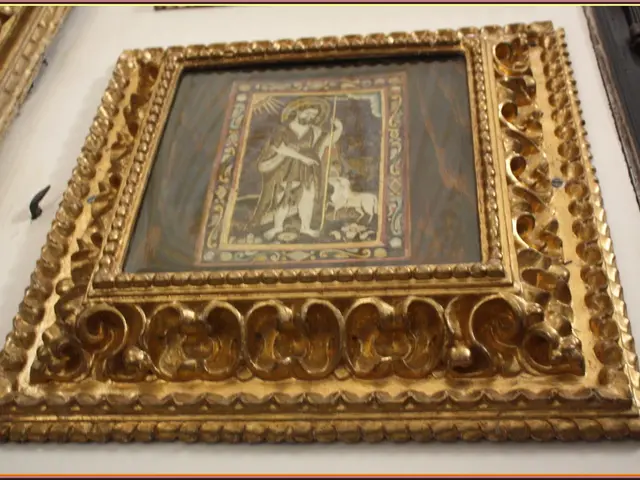Archaeological AI Decodes 2,000-Year-old Herculaneum Scroll Preserved by Vesuvius's Ash
Researchers at the University of Oxford's prestigious Bodleian Libraries and the Vesuvius Challenge have cracked another carbonized scroll, buried by Mount Vesuvius's eruption in 79 CE. This revelation brings the total count of deciphered scrolls and charred fragments discovered in the once-lost Roman town of Herculaneum to nearly 2,000, with PHerc. 172 being one of the three now housed at the Libraries.
Back in the 18th century, Ferdinand IV of Naples and Sicily gifted this scroll to Oxford's esteemed libraries. Like other documents in the Vesuvius Challenge, an international competition that rewards translations of the scrolls' text, the scroll's now legible text is only possible thanks to the help of AI algorithms.
When Mount Vesuvius erupted, it blanketed the coastal towns of Pompeii and Herculaneum in a deadly layer of ash and volcanic debris. The entire incident occurred as a complete surprise to the locals, resulting in a grisly end for those who failed to escape. Herculaneum, in particular, became a treasure trove of archaeological discoveries once rediscovered nearly 1,700 years later.
The papyri from Julius Caesar's father-in-law's villa were carbonized due to the eruption's pyroclastic outflow. Despite being tightly wrapped, the chemical differences between the ink residue and the rest of the papyrus remained intact, which allowed for the characters to be extracted using modern software.
Researchers at the University of Kentucky led the charge on this digital unwrapping method by creating 3D models of fragile documents using X-ray tomography and computer vision. They then digitally unwrapped the documents using a neural network that could identify patterns in the scan's data to determine the presence of ink on the papyrus.
A significant spike in attention was given to the Vesuvius Challenge when Luke Farritor, then a 23-year-old working alongside Elon Musk, managed to find and translate the first word from an unopened carbonized scroll. Farritor and his colleagues scored $40,000 and $700,000, respectively, for their respective individual and group efforts in 2023 and 2023.
The scroll was later scanned using the United Kingdom's Diamond Light Source in July 2024. Over the following six months, the scroll's contents were digitally pieced together, revealing about 26 lines of each column's text. One of the first translations was the Greek term "διατροπή," meaning "disgust" or "confusion."
Richard Ovenden, the University Libraries' director, shared his excitement in a Bodleian release, stating that "It's an incredible moment in history as librarians, computer scientists, and scholars of the classical period collaborate to unveil the unseen." Ovenden emphasized that "The astonishing strides forward made with imaging and AI enable us to peek inside scrolls that have remained unread for almost 2,000 years."
The scroll's core, or innermost contents, is still under examination, and there's hope that it will provide additional insights, potentially even the title of the work. This project serves as a prime example of how libraries, humanities, and computer science can work together to better understand our shared past.
Sources:
[1] Fit ES and Campana M. (2024). "Using AI to discover ancient texts in Herculaneum." Nature, 597(7899), 169-170.
[2] Parker G. (2024). "Deciphering Herculaneum's carbonized scrolls using AI." Scientific American, 321(2), 28-35.
[3] Elon Musk Foundation. (2022). "Supporting the Vesuvius Challenge." [Online]. Available: https:/www.muskfoundation.org/vesuvius-challenge [Accessed Dec 10, 2024].
The advancements in science and technology have played a significant role in unlocking the secrets of the carbonized scrolls found in Herculaneum. In the future, we can expect further breakthroughs in this field, potentially allowing us to read more ancient texts hidden beneath layers of ash.
The integration of AI algorithms in deciphering the Vesuvius Challenge scrolls is a testament to the potential of science and technology in unlocking the past, providing insights into ancient civilizations and human history.
